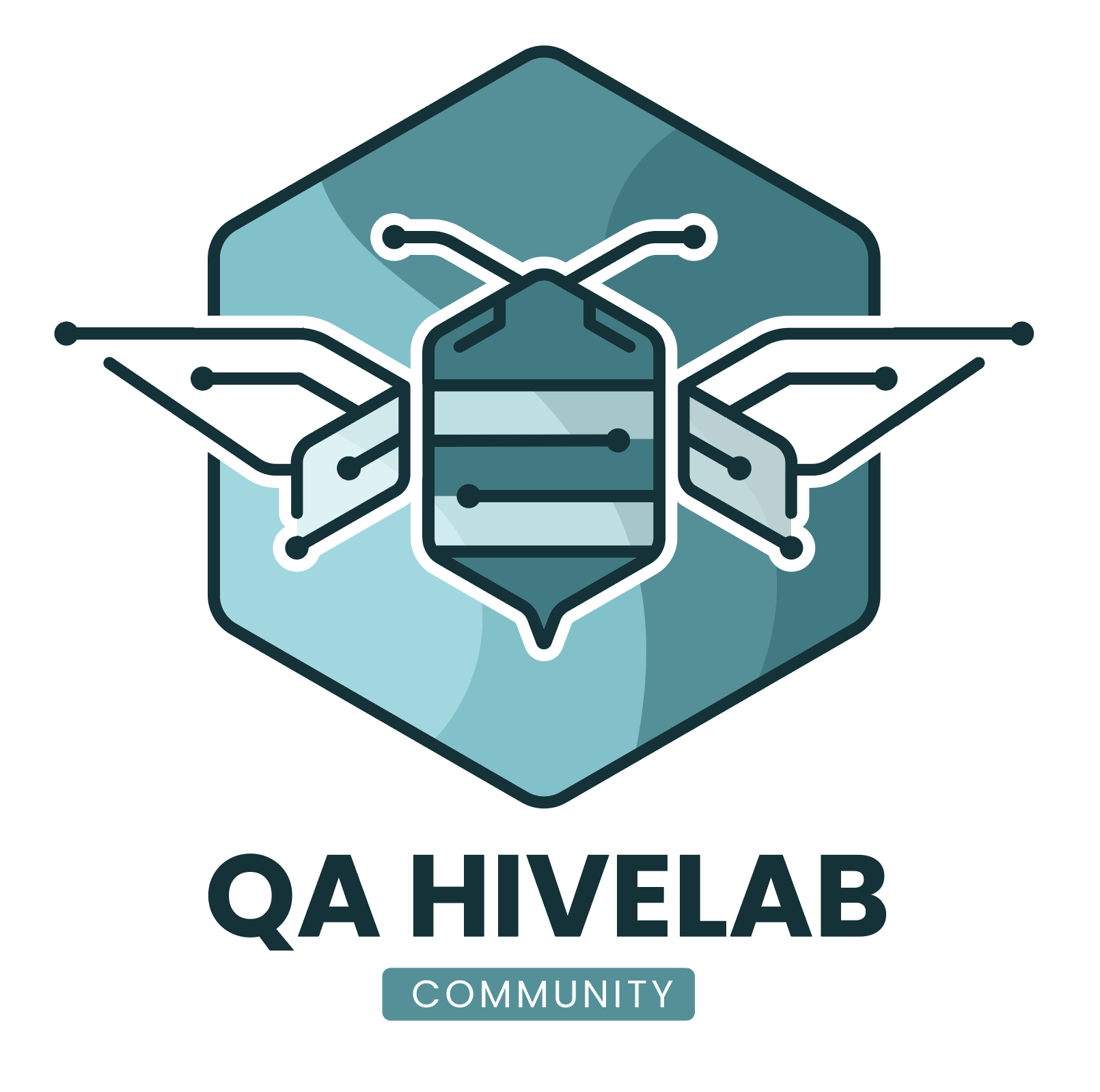Getting Started with Test Automation
Test automation has become an essential skill for quality assurance professionals in today’s fast-paced development environment. Whether you’re a manual tester looking to expand your skillset or a developer wanting to improve your testing practices, this guide will help you get started on the right foot.
Why Test Automation Matters
In the modern software development lifecycle, manual testing alone simply isn’t enough. Here’s why automation is crucial:
- Speed: Automated tests run much faster than manual tests
- Reliability: Eliminate human error from repetitive test execution
- Coverage: Run thousands of tests that would be impossible to execute manually
- Cost-Effective: Reduce long-term testing costs
- Continuous Integration: Enable continuous testing in CI/CD pipelines
Choosing Your First Automation Framework
The choice of framework depends on your application type, team skills, and project requirements:
Web Application Testing
- Selenium WebDriver: The industry standard for web automation
- Playwright: Modern, fast, and reliable web testing
- Cypress: Developer-friendly with excellent debugging capabilities
Mobile Application Testing
- Appium: Cross-platform mobile test automation
- Espresso (Android) / XCUITest (iOS): Native mobile testing
API Testing
- REST Assured: Java-based API testing
- Postman/Newman: Easy-to-use API testing suite
- pytest-requests: Python-based API testing
Setting Up Your First Test
Let’s create a simple web automation test using Selenium and Python:
1
2
3
4
5
6
7
8
9
10
11
12
13
14
15
16
17
18
19
20
21
22
23
24
25
26
27
28
29
30
31
32
33
34
35
36
37
from selenium import webdriver
from selenium.webdriver.common.by import By
from selenium.webdriver.support.ui import WebDriverWait
from selenium.webdriver.support import expected_conditions as EC
import pytest
class TestQAHiveLab:
def setup_method(self):
self.driver = webdriver.Chrome()
self.driver.maximize_window()
def teardown_method(self):
self.driver.quit()
def test_homepage_title(self):
# Navigate to the website
self.driver.get("https://qahivelab.github.io")
# Wait for page to load and verify title
wait = WebDriverWait(self.driver, 10)
title_element = wait.until(
EC.presence_of_element_located((By.TAG_NAME, "title"))
)
assert "QA Hive Lab" in self.driver.title
def test_navigation_menu(self):
self.driver.get("https://qahivelab.github.io")
# Find and verify navigation links
nav_links = self.driver.find_elements(By.CSS_SELECTOR, ".site-nav a")
expected_links = ["Home", "Blog", "About", "Team", "Resources", "Join Us"]
actual_links = [link.text for link in nav_links]
for expected_link in expected_links:
assert expected_link in actual_links
Best Practices for Beginners
1. Start Small
Begin with simple, stable test cases before moving to complex scenarios.
2. Follow the Test Pyramid
- Unit Tests: 70% of your tests
- Integration Tests: 20% of your tests
- UI Tests: 10% of your tests
3. Use Page Object Model
Organize your code using the Page Object Model pattern:
1
2
3
4
5
6
7
8
9
10
11
class HomePage:
def __init__(self, driver):
self.driver = driver
self.title_locator = (By.TAG_NAME, "h1")
self.join_button_locator = (By.LINK_TEXT, "Join Our Community")
def get_title(self):
return self.driver.find_element(*self.title_locator).text
def click_join_button(self):
self.driver.find_element(*self.join_button_locator).click()
4. Implement Proper Waits
Always use explicit waits instead of time.sleep():
1
2
3
4
5
from selenium.webdriver.support.ui import WebDriverWait
from selenium.webdriver.support import expected_conditions as EC
wait = WebDriverWait(driver, 10)
element = wait.until(EC.element_to_be_clickable((By.ID, "submit-button")))
5. Handle Test Data
Use external data sources for test data:
1
2
3
4
5
6
7
8
9
10
11
12
import pytest
import json
@pytest.fixture
def test_data():
with open('test_data.json', 'r') as file:
return json.load(file)
def test_login(test_data):
username = test_data['valid_user']['username']
password = test_data['valid_user']['password']
# Use the test data in your test
Common Pitfalls to Avoid
- Over-relying on UI tests: Don’t automate everything through the UI
- Ignoring test maintenance: Keep your tests updated as the application changes
- Hard-coding values: Use configuration files and environment variables
- Not handling flaky tests: Investigate and fix unstable tests immediately
- Skipping test design: Plan your test strategy before writing code
Learning Path
Here’s a suggested learning path for test automation:
- Week 1-2: Learn basic programming concepts (Python/Java)
- Week 3-4: Understand testing fundamentals and types
- Week 5-6: Hands-on with Selenium WebDriver
- Week 7-8: Explore testing frameworks (pytest/TestNG)
- Week 9-10: Learn Page Object Model and best practices
- Week 11-12: CI/CD integration and reporting
Tools and Resources
Essential Tools
- IDE: PyCharm, VS Code, or IntelliJ IDEA
- Version Control: Git and GitHub
- Browser Drivers: ChromeDriver, GeckoDriver
- Test Runners: pytest, unittest, TestNG
- Reporting: Allure, pytest-html
Learning Resources
- Selenium Documentation
- Test Automation University
- Playwright Documentation
- Our QA Hive Lab community forums and discussions
Next Steps
Now that you have the basics, here are your next steps:
- Practice: Build a small automation project
- Join Communities: Connect with other automation engineers
- Stay Updated: Follow automation blogs and newsletters
- Contribute: Share your learnings and contribute to open-source projects
Conclusion
Test automation is a journey, not a destination. Start with simple tests, follow best practices, and continuously improve your skills. Remember that automation is a tool to enhance your testing, not replace critical thinking and exploratory testing.
Ready to dive deeper? Check out our upcoming posts on advanced automation techniques and AI-powered testing tools. And don’t forget to join our community to connect with fellow automation enthusiasts!
What’s your biggest challenge in test automation? Share your experiences in our community channels and let’s solve them together!
 QA Hive
QA Hive